The Replacement by Brenna Yovanoff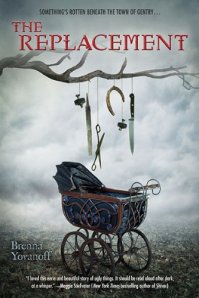
Mackie should not have lived long enough to become a teen. Most replacements–put into cribs when babies are taken for sacrifice– die fairly soon and are buried in the unconsecrated part of the cemetery. But Mackie’s sister and parents loved him anyway and unconditionally (not hard to imagine why most families wouldn’t) and he has loved them back. Now, however, his allergies to blood, iron, and church are wearing him down and he has to make contact with his own kind in the dark, damp tunnels to gain time.
With this contact, he soon comes up with an idea to stop the sacrifice of babies—to change the deeply troubled way things have always been for something better. This is today’s version of the common story of humankind’s vulnerability to evil: through unconditional love, the dark and scary can produce a hero who is willing to do anything to save us all.
This pleasing note of optimism comes from a novel that can only be classified a gothic horror thriller laced as it is with blood, cruelty, and decrepitude. From a novel about the saddest aspects of human life—loss and frailty—comes a novel about the best aspects of human life—genuine, deep caring for more than ourselves.
Both teen genders will like this book. It is well-told, the characters gain our sympathies, and there is more to it than scariness.
Gaby








Revolver by Marcus Sedgwick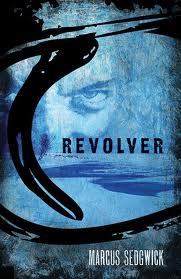
Yes, this is a page-turning thriller centered on a fourteen-year-old boy and a really, really bad guy who threatens him and his sister and has quite likely taken the life of both his parents. And on a Colt Single Action Army, 1873 model revolver. The setting: a lone cabin across a frozen lake from a hard scrabble mining town in the bitter cold of the artic north.
But it is also a story about the gifts parents give their children to help them survive when they are on their own. In this case, Sig’s parents gave him very different gifts: his father gave him knowledge of the real world so that Sig could be able to survive whatever harshness he might encounter; his mother gave him a concern for the health of his own inner spirit so that his soul could survive the same. As it turns out, Sig will draw on both of his parents’ gifts to create a third option when his choice becomes to take a life or lose his own.
As such, this novel reads ninety percent thriller and ten percent fable. In fact, by the end, I was somewhat reminded of The Rime of the Ancient Mariner. Written, of course, for young adults of today. Though this story features a male protagonist and a revolver, I think both genders would enjoy it from middle school on up. However, the bad guy is convincingly bad–his violence explicit and his sexual predation implied–which makes it more appropriate for the older, better-read teens.
Gaby








Star Crossed by Elizabeth C. Bunce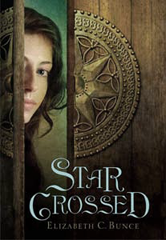
This is Elizabeth Bunce’s second novel and the first in a new series. I loved her first book, A Curse Dark As Gold, an intriguing interpretation of the Rumplestiltskin folktale, and I eagerly looked forward to her next book. A genre, fantasy series, usually less favored by me, Star Crossed nevertheless delivers on many of the same levels: a strong, resourceful, true-hearted heroine; a diverse cast of interesting characters; vivid description; and the entertainment of life’s deeper questions.
Set in a fantasy world that atmospherically parallels eastern Europe in the late middle ages, this tale is narrated by a girl who has had to make her way into a hostile world at a very young age. She is on a singular mission—to stay alive. She becomes a very good thief, forger, and spy. But a near brush with death from a failed caper at the beginning of the story propels her into a mountain castle. Here she will sit out a snowbound winter with a cast of characters at the center of a budding rebellion.
Celyn, as she calls herself, is afraid of nothing. She uses her talents to find out everything there is to know about the castle and its inhabitants, slowly flushing all mysteries into the light. The reader comes along on her journey, flinching at her every daring move, as each of the characters slowly but inevitably reveals the clarity of their position in the central conflict.
Celyn is tough, resilient, and clever; she knows and protects good whenever she sees it. Readers of all ages who have enjoyed the Bloody Jack books will also like this book. The plot is tightly wovern and requires the reader to pay attention and work things out, but there is nothing inappropriate for the youngest of accomplished readers.
Gaby Chapman








Silverwing, by Kenneth Oppel
When enough of my students tell me a book is good, I like to get around to reading it at some point–first because it probably is good, and second because I want to know what they like. I have a very low willingness to suspend disbelief when it comes to anthrophmorphic tales (aw come-on, would a wolf really say something like that) but I had no trouble with Silverwing. Shade, the endearing juvenile bat, and his cold-hearted enemy Goth, the giant carnivorous jungle bat, were both completely believable for me.
Shade is a runt and as such he has a relentless need to prove he is as brave and as tough as the other juvenile bats. This need leads him to make a terrible mistake that puts his entire clan in grave danger. In the first book of this trilogy, Shade shows great courage and intelligence as he strives to redeem himself and protect his clan. Goth is only one of the overwhelming dangers Shade must outwit; the adventure is non-stop, very visual, and well-paced.
Silverwing is perfect for kids in grades four through eight who like adventurous stories about other species, for reluctant as well as experienced readers, for boys and girls. It will make them want to read the rest of the trilogy and want to know more about bats–try Shadows in the Night by Diane Ackerman or some of the ones listed on Anastasia Suen’s 5 Books blog.
Gaby Chapman






The Naming, by Alison Croggon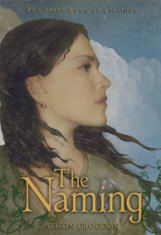
Presented as a translation of an ancient legend, The Naming is epic fantasy at its most classic. The Dark (working for what someone else forces you to do) threatens to extinguish the Light (working for what you hope for and believe in the depths of your heart) in the ancient civilization of Edil-Amarandh. Cadvan, a magically gifted Bard, believes that sixteen-year-old Maedra is the One who is Foretold to defeat the Dark. He finds her living wretchedly as a slave nine years after she survived the destruction of her home of Pellinor.
Eager to leave her life of slavery, Maedra and Cadvan embark on a long and dangerous journey during which she confronts enemies and realizes her special gifts. On this journey, Maedra finds her little brother, Hem, who she thought had been killed. They must separate at the end of The Naming, as Maedra continues her quest in The Riddle. Hem’s story is taken up again in the third book, The Crow. In the last book, The Singing, brother and sister are reunited for a final effort against the growing power of the Dark.
The edge of danger never lags in this series and the evil ones are plenty scary. The characters are complex and the line between the Light and the Dark is often blurred. Maedra is strong-willed, intelligent, kind, and brave. Because of the strength of her character, this series has been well-liked by the middle and high school girls in my classes, but boys who are avid fans of fantasy have also liked it. The protagonist is a teenager and as such there are some themes of romance and maturing development, but these are more implicit than explicit. Though this series has been compared to The Lord of the Rings, I think it is a slightly easier read and could be appreciated by younger, experienced readers also.
Gaby Chapman










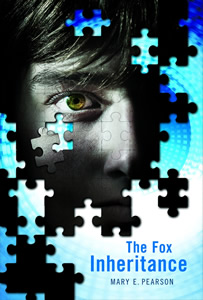


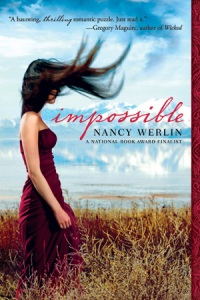

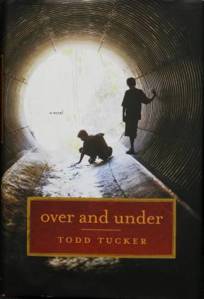





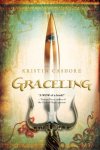
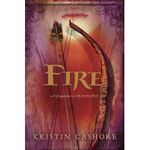 Last year many of my students loved Graceling by Kristin Cashore. The sequel, which actually is a prequel, Fire comes out on October 5.
Last year many of my students loved Graceling by Kristin Cashore. The sequel, which actually is a prequel, Fire comes out on October 5. 